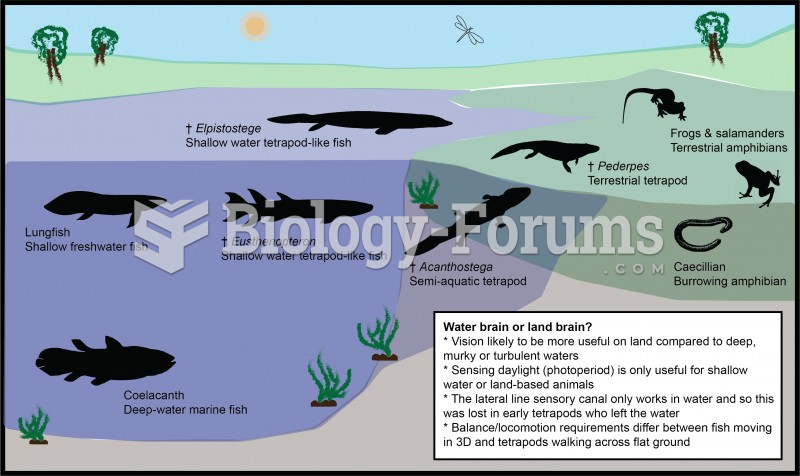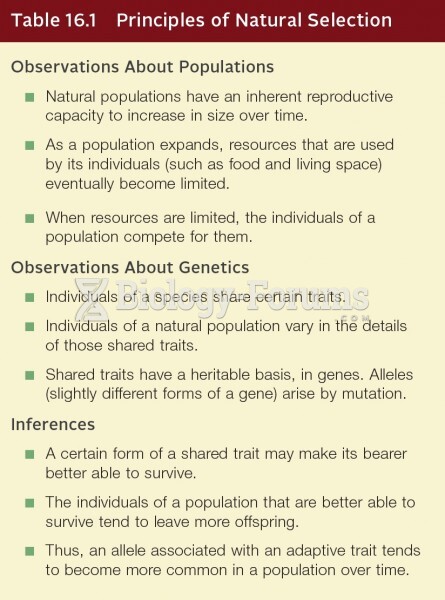Answer to Question 1
Earth's environment changes continuously. To survive, species must change as their food supply, climate, or home terrain changes. If the information stored in deoxyribonucleic acid (DNA) could not change, then life would quickly go extinct. The process by which life adjusts itself to its changing environment is called biological evolution.When an organism reproduces, its offspring receives a copy of its DNA. Sometimes external effects such as radiation alter the DNA during the parent organism's lifetime, and sometimes mistakes occur in the copying process, so that occasionally the copy is slightly different from the original. Offspring born with random alterations to their DNA are called mutants. Most mutations make no difference, but some mutations are fatal, killing the afflicted organisms before they can reproduce. In rare but vitally important cases, a mutation can actually help an organism survive.These changes produce variation among the members of a species. All of the squirrels in the park may look the same, but they carry a range of genetic variation. Some may have slightly longer tails or faster-growing claws. These variations make almost no difference until the environment changes. For example, if the environment becomes colder, a squirrel with a heavier coat of fur will, on average, survive longer and produce more offspring than its normal contemporaries. Likewise, the offspring that inherit this beneficial variation will also live longer and have more offspring of their own. These differing rates of survival and reproduction are examples of natural selection. Over time, the beneficial variation becomes more common and a species can evolve until the entire population shares the trait. In this way, natural selection adapts species to their changing environments by selecting, from the huge array of random variations, those that would most benefit the survival of the species.It is commonly believed that evolution is random, but that is not true. The underlying variation within species is random, but natural selection is not random because progressive changes in a species are directed by changes in the environment.
Answer to Question 2
An important experiment performed by Stanley Miller and Harold Urey in 1952 sought to recreate the conditions in which life on Earth began. The Miller experiment consisted of a sterile, sealed glass container holding water, hydrogen, ammonia, and methane. An electric arc inside the apparatus created sparks to simulate the effects of lightning in Earth's early atmosphere.Miller and Urey let the experiment run for a week and then analyzed the material inside. They found that the interaction between the electric arc and the simulated atmosphere had produced many organic molecules from the raw material of the experiment, including such important building blocks of life as amino acids. When the experiment was run again using different energy sources such as hot silica to represent molten lava spilling into the ocean, similar molecules were produced. Even the amount of UV radiation present in sunlight is sufficient to produce complex organic molecules.According to updated models of the formation of the Solar System and Earth, Earth's early atmosphere probably consisted mostly of carbon dioxide, nitrogen, and water vapor instead of the mix of hydrogen, ammonia, and methane assumed by Miller and Urey. When gases corresponding to the newer understanding of the early Earth atmosphere are processed in a Miller apparatus, lesser but still significant numbers of organic molecules are created.The Miller experiment is important because it shows that complex organic molecules form naturally in a wide variety of circumstances. Lightning, sunlight, and hot lava pouring into the oceans are just some of the energy sources that can naturally rearrange simple common molecules into the complex molecules that make life possible.







